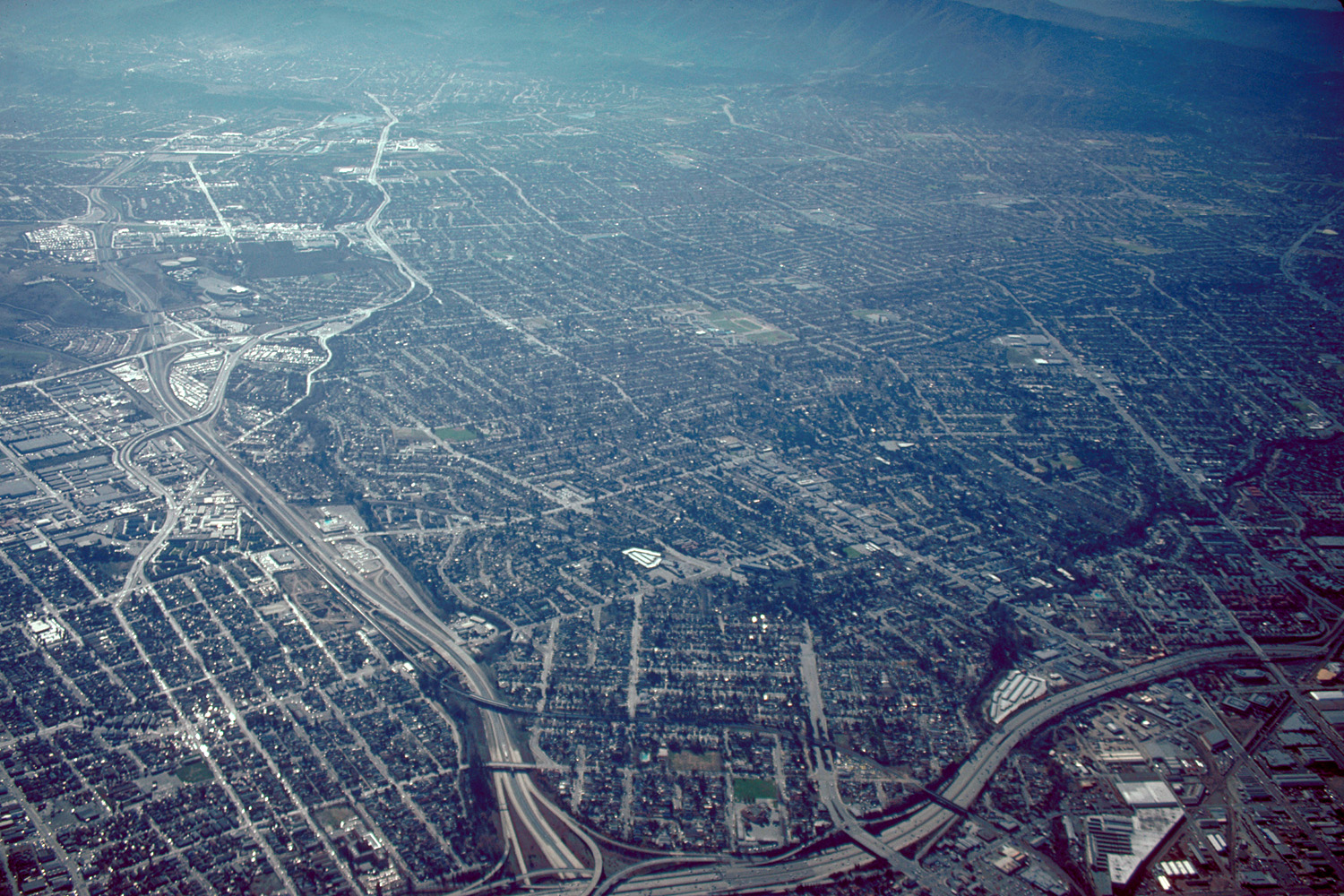
To follow up on the theme, we spoke to the City of San Jose’s Tech Policy Strategy Scott Green about energy efficiency and what San Jose is doing about it as part of its Green Vision program. The city is keen on accelerating energy efficiency in commercial and residential buildings by connecting the technology, policy and physical infrastructure “beyond individual cases of experimentation or implementation.â€
ER: What can be done to reduce energy consumption by buildings, which now account for 40% of the total?
SG: Make them smarter! Use high performance materials, and integrate disciplines and technologies at the earliest possible stage of design. Silicon Valley has companies leading the way in this regard. Energy monitoring and control technologies, sensors, automated continuous commissioning. These include wireless pneumatic thermostats, next-generation lighting and fenestration technologies. Accelerating the commercialization of technologies in this space is critical as is working to design program level approaches to address existing building stock. With respect to public buildings, we need to ensure that publicly financed buildings incorporate best available technologies to reduce energy consumption. Finally, we need to raise awareness. Profile industry leaders, demonstrate payback periods for advanced building energy efficiency technologies, raise the profile and importance of demonstration leaders that help technologies/companies prove concept, raise capital, and scale quickly.
ER: How does green building fit in with the City of San Jose’s Green Vision?
SG: Ensuring sustainable construction and promoting green building practices are an essential component of our Green Vision. An estimated 40 percent of the community’s total energy use and 16 percent of its water goes to buildings. We can change this by building green or retrofitting our existing buildings to reduce energy and water use and incorporate sustainable construction materials. This will significantly reduce our carbon impact. In 15 years, San Jose will be home to 50 million square feet of green buildings. We recently opened the first green community center, the Starbird Teen Center, and plan to do much more. The City also has adopted aggressive standards for requiring green building practices for City facilities and will work with private-sector partners to ensure sustainable developments.
ER: Can we get to a point when buildings will be carbon neutral?
SG: This is certainly the goal. Many local governments have already implemented green building standards for public and commercial projects, as well as programs designed to conserve resources and reduce waste and GHG emissions We have many examples of buildings in San Jose that have incorporated high levels of sustainable design. Updates to California’s new Title 24 building energy efficiency standards also increased building energy performance standards, as well as water conservation and waste reduction requirements for all types of projects. We have perhaps the first zero carbon emissions, zero energy structure in San Jose in IdeAS (Integrated Design Associates, an office building in San Jose). The leadership examples are out there.
ER: Besides the environmental benefits, what are the economic advantages of adopting energy efficiency innovations?
SG: Whether new construction or retrofitted structures, these buildings helping to meet San Jose Green Vision goals will meet high environmental standards, such as achieving a U.S. Green Building Council’s Leadership in Energy and Environmental Design (LEED™) certification. These energy efficient buildings will provide a showcase for local Clean Tech products as well as innovations in green building materials, local commitment to sustainable practices, and the fiscal benefits of building green.





